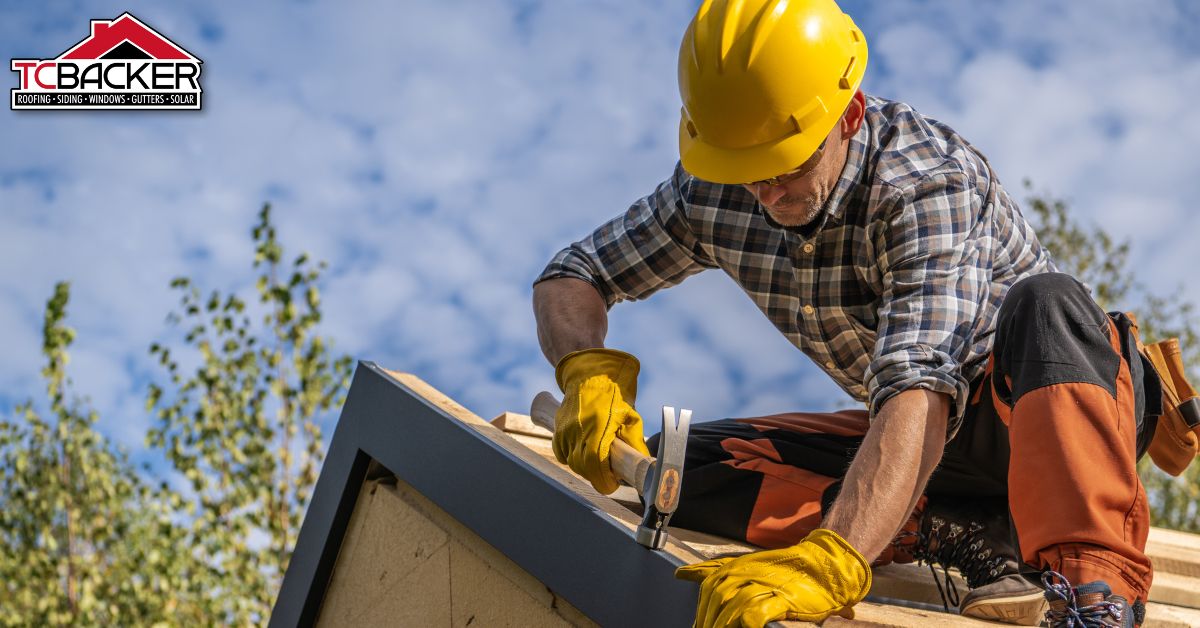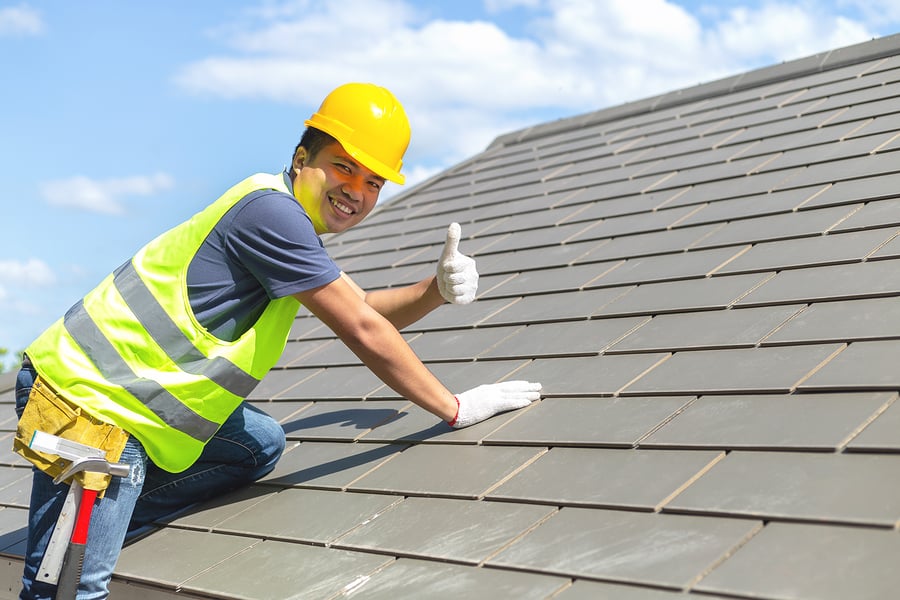Reliable Cuyahoga Falls Roof Repairs to Keep Your Home Protected
A Comprehensive Overview to Effective Roof Apartment Roofing System Installation
The intricacies of level roofing setup need a meticulous technique, beginning with an extensive understanding of various level roof covering types and the crucial materials needed for optimal efficiency. A successful installation pivots not only on the selection of materials yet also on the preparation and implementation of each step involved in the procedure.
Recognizing Apartment Roofing System Kind
When considering flat roofings, it is necessary to understand the various kinds readily available, as each deals unique benefits and negative aspects tailored to details needs. One of the most usual kinds of level roofings consist of Built-Up Roof covering (BUR), Modified Bitumen, and Single-Ply membranes.
Built-Up Roofing contains several layers of asphalt and crushed rock, providing outstanding longevity and weather condition resistance. It is especially valuable in areas vulnerable to serious climate condition but might require even more maintenance as a result of its intricate building.
Changed Bitumen is a prominent choice for its convenience of installation and flexibility. It often utilizes a torch-applied or self-adhesive method, which can be beneficial for quick repair work and lasting performance. Nonetheless, its lifespan can be shorter contrasted to BUR.
Single-Ply membrane layers, including Thermoplastic Olefin (TPO) and Ethylene Propylene Diene Monomer (EPDM), are recognized for their lightweight nature and energy effectiveness. These materials are often favored for business structures because of their cost-effectiveness and simplicity of setup (Cleveland Roofing Specialists). Nonetheless, they might not offer the very same level of insulation as various other alternatives.
Each roofing kind needs mindful consideration based on climate, spending plan, and specific job demands.
Vital Products for Flat Roofing
A variety of vital materials are essential for the successful installment of flat roof. The choice of products directly effects resilience, efficiency, and total efficiency.
Among the key materials is the roofing membrane, which can be created from numerous compounds such as thermoplastic polyolefin (TPO), ethylene propylene diene monomer (EPDM), or PVC. Each type provides distinct benefits, including UV resistance and flexibility, which are crucial for prolonged efficiency.
In enhancement to the membrane layer, insulation materials play a substantial role in power performance. Stiff foam boards or polyisocyanurate insulation are prominent selections, as they provide superb thermal resistance and dampness administration.
Moreover, roof covering adhesives and sealers are crucial for ensuring a watertight installation. These items need to work with the picked membrane to protect against degeneration in time.
Planning For Installation
Proper preparation is vital for a successful flat roofing system setup, as it lays the groundwork for a effective and resilient roof system. Begin by performing a comprehensive assessment of the existing roof covering structure.
Following, gather all needed tools and materials, making certain that they meet sector standards. This includes water resistant membrane layers, insulation, blinking, and fasteners. Familiarize on your own with the supplier's requirements, as adherence to these guidelines is vital for warranty useful reference objectives.
Additionally, make certain that the job area is free from debris and blockages to promote safe and effective installation. Think about climate conditions; avoid setup during heavy rainfall or severe temperatures, which can impact product performance. Inform any type of owners of the building regarding the approaching job to make sure safety and security and reduce disturbances. By taking these preparatory steps, you can boost the likelihood of a successful flat roofing installment that fulfills both structural and aesthetic demands.
Step-by-Step Installation Process
With the foundation developed with thorough preparation, the next phase entails performing the flat roof covering installment methodically. This step is essential for maintaining the roofing's honesty over time.
Adhering to the vapor barrier installation, set insulation boards, guaranteeing they fit firmly together to decrease thermal linking. Secure the insulation with proper fasteners based on the roofing type and local building regulations. Once the insulation is in place, it's time to apply the roofing membrane layer. Depending on the selected material-- such as TPO, EPDM, or customized bitumen-- set up the membrane layer according to the manufacturer's specs.
Make certain correct overlap at joints and sides to create a leak-proof seal. Use adhesives, mechanical bolts, or heat welding as required. Mount blinking around boundaries, vents, and any type of roof covering infiltrations to improve waterproofing. After the original source installation, conduct a detailed inspection to recognize any kind of potential problems before ending the job, making certain a durable and reputable flat roofing system.
Maintenance Tips for Long Life
Routine upkeep is necessary to ensure the longevity and efficiency of a level roof covering. Among the primary tasks is to carry out regular assessments a minimum of two times a year, ideally in springtime and loss. During these examinations, seek indications of wear, such as sores, cracks, or merging water, which can suggest underlying issues.

Guaranteeing correct drain is crucial to avoid water build-up. Inspect and clear gutters, downspouts, and scuppers to assure unhampered water circulation. In addition, inspect seals around vents, skylights, and other infiltrations for any kind of indicators of wear and tear, applying caulk or sealer as required to maintain a leak-proof barrier.
Lastly, consider professional maintenance services every couple of years for complete maintenances. By sticking to these upkeep ideas, you can dramatically prolong the life of your flat roof covering, guaranteeing it stays a dependable guard versus the elements.
Conclusion
Effective flat roofing system installation requires a systematic strategy including complete assessments, material selection, and precise preparation. Adhering to the outlined steps during the installment process ensures the appropriate application of roof membranes Read Full Article and insulation while enhancing waterproofing via efficient blinking installation.
The intricacies of flat roof covering setup need a careful approach, starting with a detailed understanding of different flat roof covering kinds and the important materials needed for optimal performance.Appropriate prep work is crucial for an effective level roofing system installment, as it lays the groundwork for a reliable and resilient roofing system. After setup, carry out a comprehensive assessment to recognize any kind of prospective concerns prior to concluding the task, guaranteeing a robust and dependable flat roof system.
